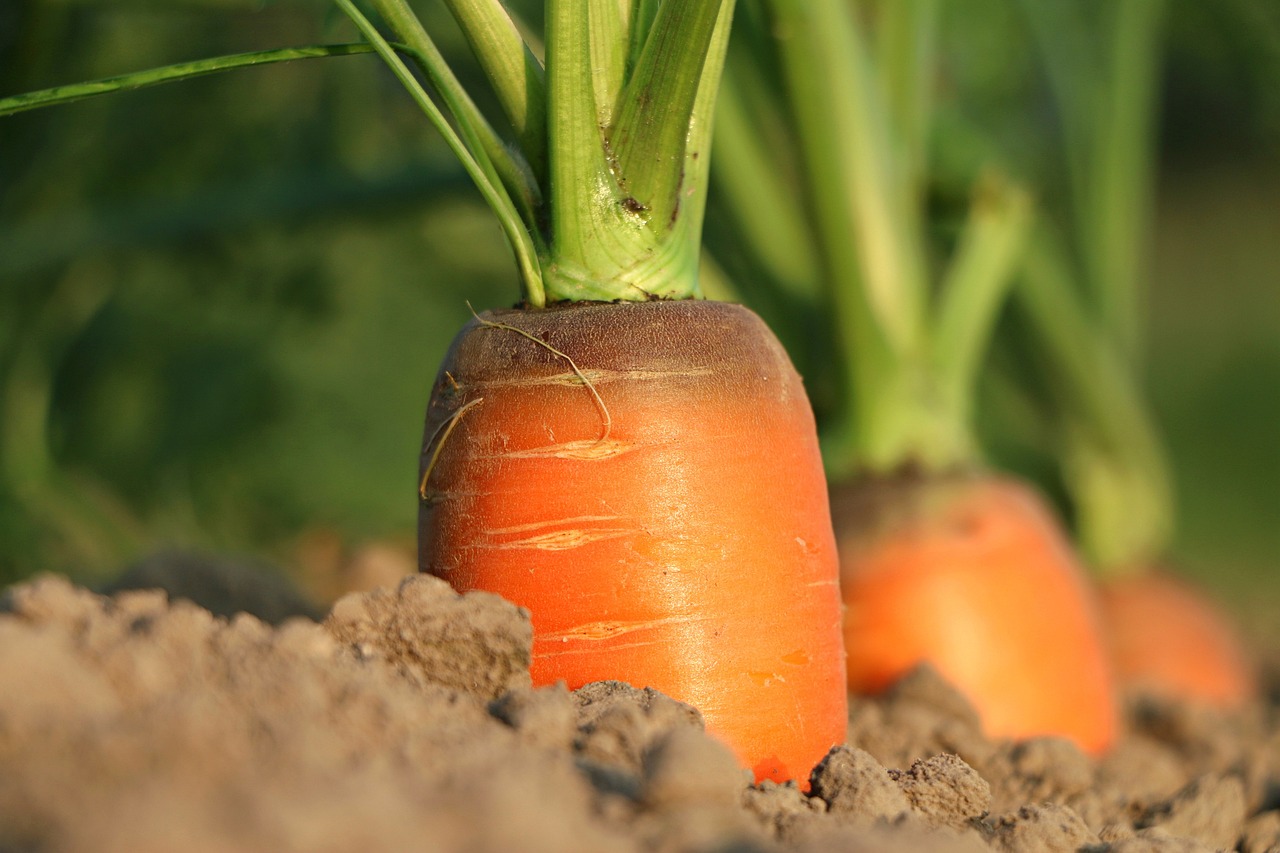Introduction
In the intricate web of modern agriculture, packaging plays a pivotal role that often goes unnoticed by the average consumer. Yet, for agricultural professionals and specialists, the importance of packaging in agriculture cannot be overstated. It is a critical component that bridges the gap between production and consumption, ensuring the safety, quality, and sustainability of agricultural products. In this article, we delve into the multifaceted significance of packaging in agriculture from a professional and specialist perspective.
- Preservation of Freshness and Quality
One of the foremost functions of agricultural packaging is the preservation of freshness and quality. After the arduous cultivation and harvesting process, agricultural products must maintain their freshness and nutritional value until they reach the consumer’s table. Proper packaging, designed to protect against external factors such as moisture, air, and light, is indispensable in this regard. Whether it’s fruits, vegetables, grains, or dairy products, the right packaging materials and techniques ensure that these products retain their integrity, taste, and nutritional content.
- Extended Shelf Life
The ability to extend the shelf life of agricultural products is a hallmark of effective packaging. Packaging materials equipped with barrier properties and modified atmosphere packaging techniques help regulate temperature, humidity, and gas composition within the package. This extends the viability of products, reduces food waste, and allows for wider distribution. For instance, vacuum-sealed bags for grains or aseptic packaging for liquids are examples of how packaging innovation can contribute to longer shelf life.
- Supply Chain Efficiency
In the highly complex and globalized agricultural supply chain, efficient packaging systems are indispensable. Properly designed packaging solutions not only protect products but also streamline the logistics process. Stackable, durable packaging options reduce damage during transportation, lower storage costs, and improve overall supply chain efficiency. This, in turn, benefits producers, distributors, and consumers alike.
- Branding and Marketing
For agricultural producers, packaging serves as a canvas upon which to convey their brand identity and differentiate their products in the market. Professional packaging design, with a focus on aesthetics, logos, and labeling, can significantly impact consumers’ purchasing decisions. Moreover, packaging can communicate crucial information about the product’s origin, nutritional content, and sustainability, thereby influencing consumers’ choices and supporting the growth of the agricultural brand.
- Sustainability and Environmental Considerations
In recent years, the agricultural industry has faced increasing scrutiny regarding its environmental impact. Packaging, too, has come under the spotlight. From a specialist standpoint, sustainable packaging solutions have emerged as a crucial consideration. Materials that are biodegradable, recyclable, or made from renewable resources are being prioritized. Additionally, innovations like reduced packaging, eco-friendly coatings, and smart packaging design are helping to minimize waste and promote sustainability within the agricultural sector.
- Food Safety and Compliance
Ensuring food safety is paramount in agriculture, and packaging plays a vital role in this regard. Packaging materials must meet strict regulatory standards to prevent contamination and protect consumers from harmful pathogens. Compliance with food safety regulations is non-negotiable for agricultural professionals, and it necessitates rigorous quality control processes throughout the packaging supply chain.
- Convenience for Consumers
From a specialist perspective, packaging must cater to the convenience and lifestyle of modern consumers. Easy-to-open, resealable, and portion-controlled packaging designs enhance the consumer experience. Convenience features, such as microwaveable packaging or ready-to-eat options, also align with changing consumer preferences and offer added value.
Conclusion
In the realm of agriculture, packaging is not merely an afterthought or a utilitarian necessity; it is a multifaceted instrument that ensures the viability and sustainability of the industry. Its significance extends far beyond the superficial realm of aesthetics, encompassing aspects such as food safety, preservation, shelf life extension, and environmental responsibility. Agricultural professionals and specialists recognize the integral role packaging plays in safeguarding the integrity of their products, enhancing supply chain efficiency, and meeting the demands of a dynamic marketplace. As the agricultural sector continues to evolve, so too will the innovations in packaging that support its growth, ensuring the continued supply of safe, fresh, and quality agricultural products to consumers worldwide.

